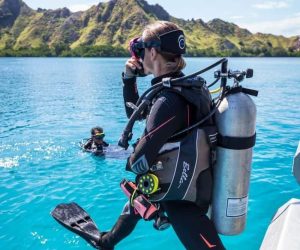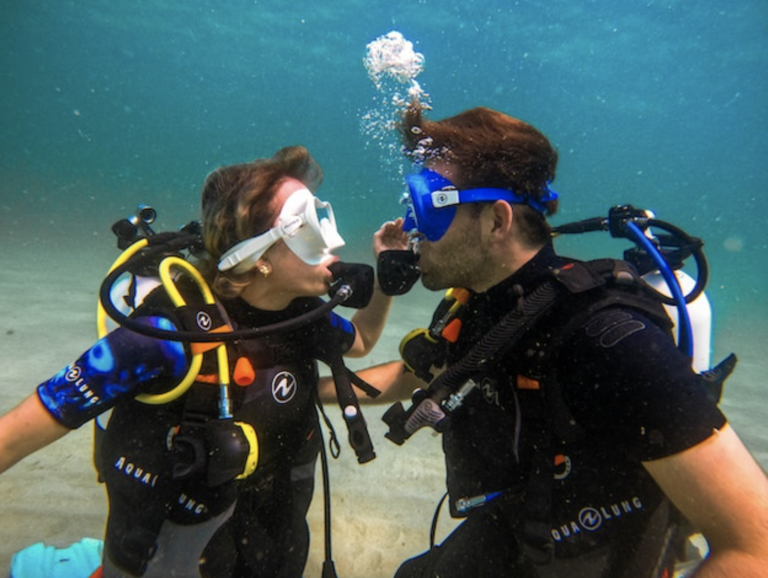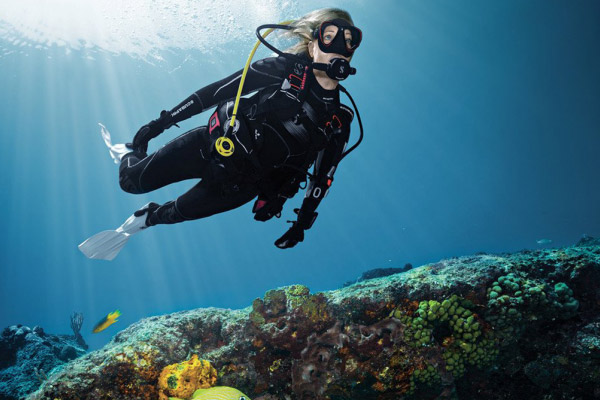Many divers invest first in diving regulators, partly for reasons of hygiene and habits. The cost of diving equipment for beginners is also very dependent on the quality.
Another detail is that you need fully functional and safe diving equipment underwater at all times and therefore you must ensure good quality for your own safety.
In addition, the frequency of the dive plays an important role in the purchase of your vest, wetsuit, mask and others. The costs of regulators for beginners are obviously different from those that a tourist uses on his beach holiday.
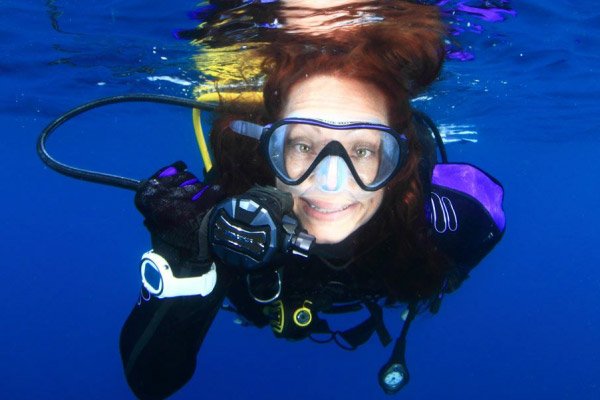
Contents
Dive regulators: what is the default setting?
The main function of diving regulators is to reduce the high pressure air in the cylinder to atmospheric pressure where the diver can breathe.
In a standard configuration, the regulator basically consists of a first stage and four hoses (second stage, alternate source, low pressure hose, high pressure hose with pressure gauge).
Dive Regulators: Balanced vs Unbalanced
A balanced scuba regulator has a compensating chamber in the first stage. This chamber receives water to compensate for the cylinder pressure drop.
Thus, a balanced regulator reduces breathing effort and offers more comfort to the diver.
When buying a regulator model, pay attention to the breathing work in the description of the device. It is measured in joules, the smaller the better, especially for deep dives (30 meters).
Which diving regulator purchase?
1 – Apeks MTX-R
It offers excellent breathability under all conditions and, like the Poseidon, is precision-engineered for cold water diving. In fact, it is based on the MTX military design and meets all diving requirements.
The temperature range is less than 0.5 degrees Celsius (32.7 degrees Fahrenheit). It's so tough, you'd have a hard time breaking this tough, hefty regulator even if you tried.
2 – Scubapro MK25 Evo/G260
The first class is designed for top performance in all diving styles. Additional ribs increase the surface area, which improves heat exchange.
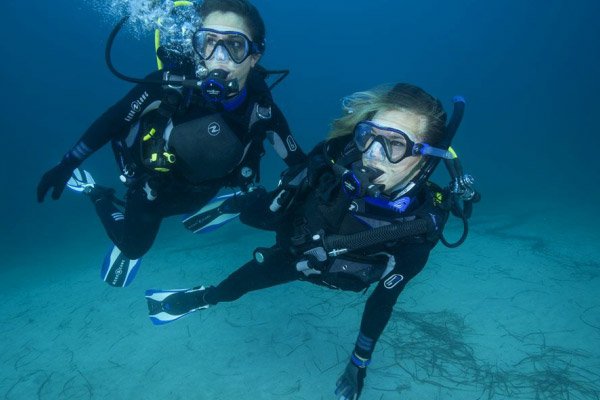
Revised design, blue insulated key components, externally adjustable. Rotating head with 5 low pressure and 2 high pressure ports on the 1st stage main body. Other than that the DIN of this version was newly designed.
3 – Aqua Lung Calypso
These diving regulators It's an Aqualung classic that's loved by dive centers around the world because it's super durable, reliable, easy to maintain and works great for the price.
For those who haven't had the opportunity to see one in person, the construction in marine brass in the first stage is of excellent quality, which draws a lot of attention for its practicality.
4 – Mares Prestige 15X*
- Diaphragm controlled 1st stage DIN 300
- Also suitable for 200 cylinders
- Easier breathing resistance
This set comes with additional equipment such as a matching regulator hose, pressure gauge and regulator bag.
The regulator itself can be used in a variety of ways, with 200 bar or 300 bar cylinders.
5 – Hollis 200LX DCX
These diving regulators from Hollis. It's designed to withstand any strenuous water conditions you might venture into in the most diverse of climates.
The outer casing is built to last and is PVD coated, which means it won't show signs of wear and tear, even after years of intense diving use.
- Unrivaled gas delivery despite difficult conditions.
- Lightweight polycarbonate design.
- Incredibly durable.
- Side mount compatible.
- Super flexible and lightweight hose.
- The exhaust system keeps your face free of bubbles.
- Suitable for other gases after maintenance and cleaning for specific gas uses.
- Great value for money.
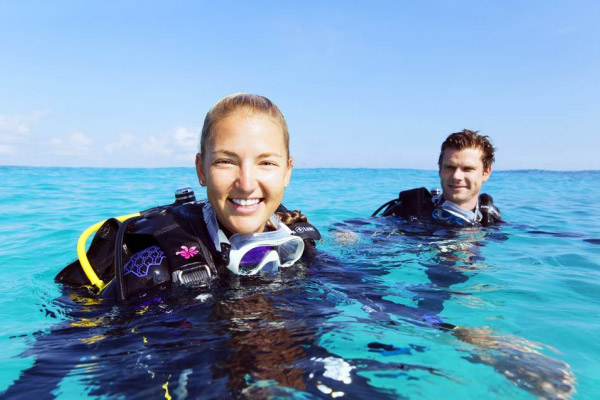
Cost of scuba diving equipment for beginners – the basic equipment – scuba regulators
Basic diving equipment consists of a diving mask, flexible snorkel and fins. A well-fitting diving mask, which you can also use for snorkeling, costs around R$70 upwards.
The snorkel must be flexible due to the prevailing pressure under water, pay special attention to a comfortable mouthpiece. Snorkels are available from different values, look for one that fits in your pocket and meets your needs.
When it comes to fins, keep in mind that you often wear neoprene booties over your fins when diving to minimize heat loss underwater.
But then, did you like to meet some of the diving regulators best in the country? Among the numerous prices, you will find what pleases you the most with the help of the Ikigai team.

